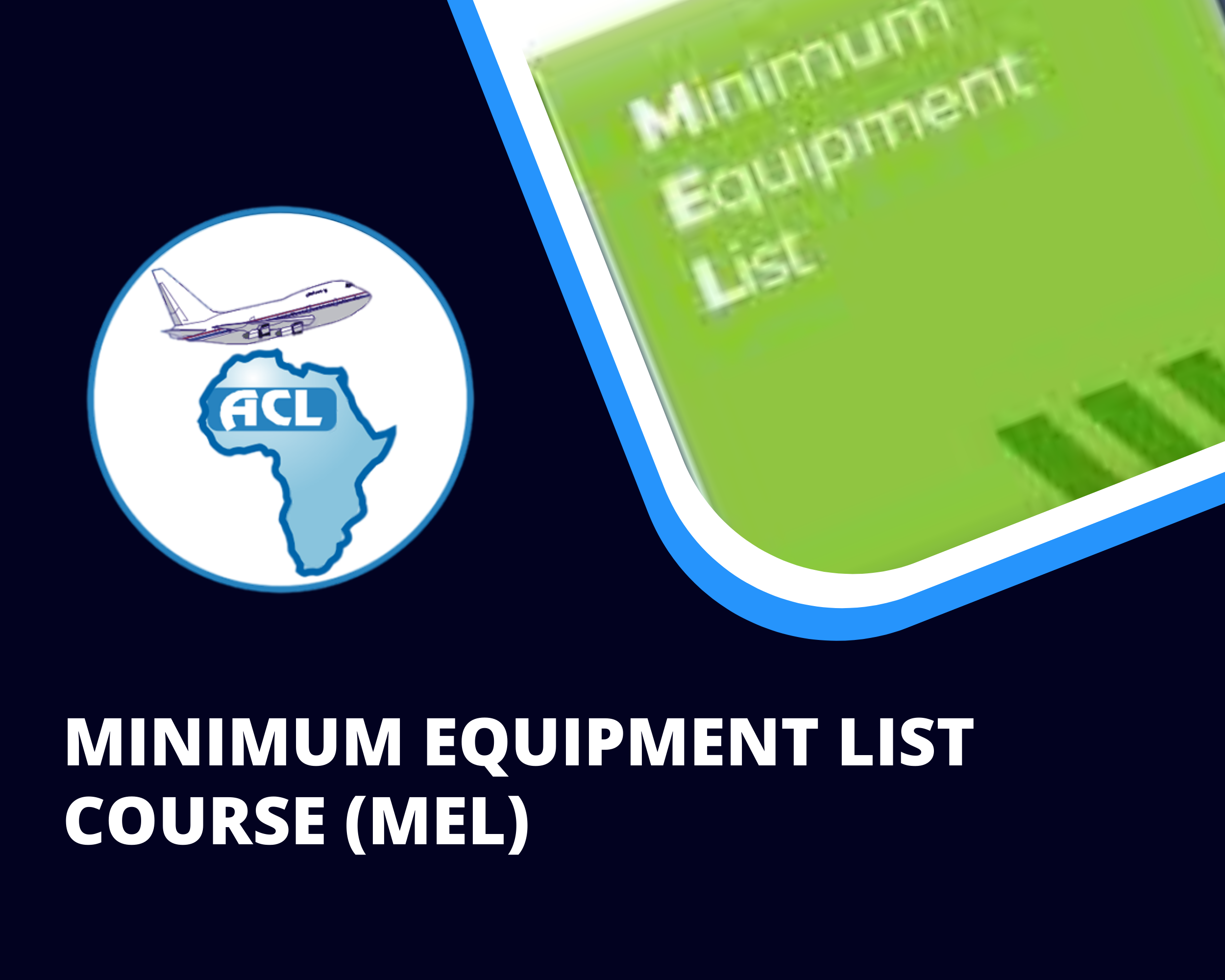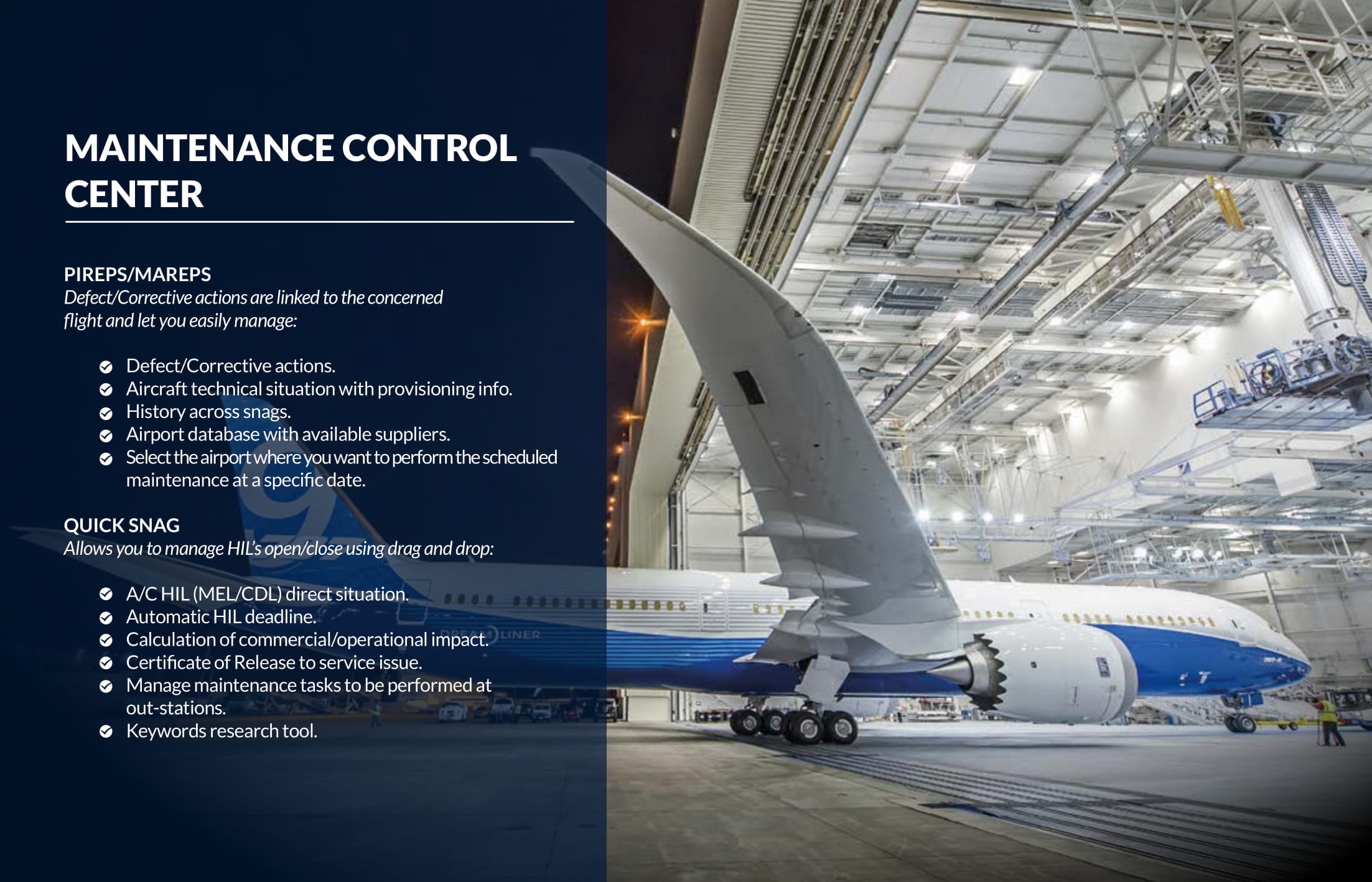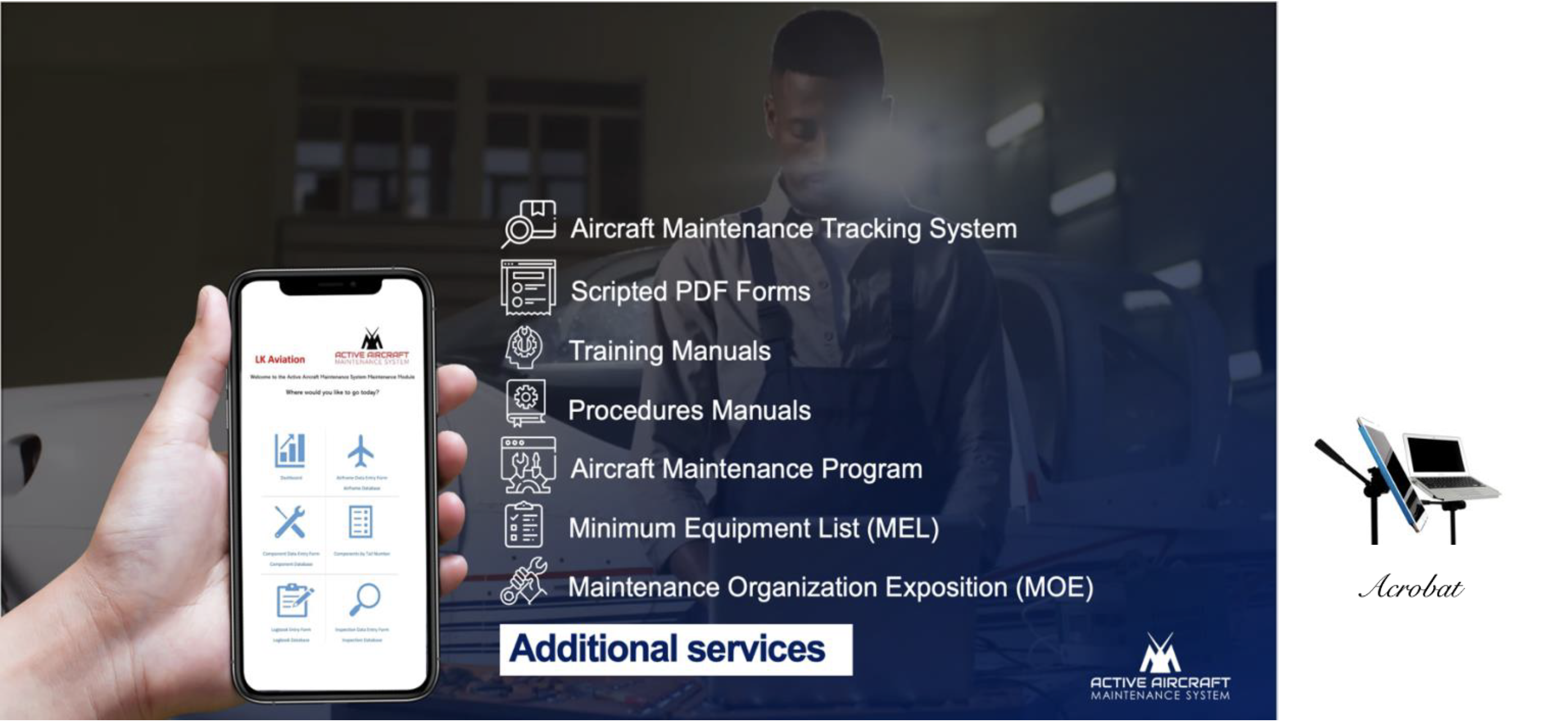Mel Aircraft Maintenance - Student pilots are often surprised to learn that not all of the equipment onboard an airplane has to be operational for the aircraft to legally fly. Some systems are not required for certain operations, such as flights during the day.
It consists of a number of repair interval categories A, B, C, and D. Users of a MEL approved under Parts 91K, 121, 125, 129, and 135 must repair inoperable systems or components at or before the repair times established by the
Mel Aircraft Maintenance

following letter designations: While the MEL describes the limitations of aircraft operation in case of a system being inoperative/having malfunctioned (e.g. transponder failure), the CDL deals with situations where external parts of an aircraft are missing/fallen off (e.g. fairings, aerodynamic seals or panels)
Repair Intervals
. The MEL will further restrict the operator concerning certain operational aspects. For example, if an airline performs flights to airports with short runways, the MMEL may allow thrust reversers to be unserviceable during some flights, while the MEL may require thrust reversers to be operational during every flight.
The MEL takes precedent over the MMEL, and therefore the MEL must always be followed. Proper coordination between the OEM, operator and the local FSDO for approval of MEL changes is important. "It really pays to keep an eye on what your manufacturer is doing and try to get ahead of those revisions," said Hamelink.
In many cases, multiple unrelated unserviceable items are not addressed by the MMEL or MEL. When this is the case, flight crew need to rely on input from engineers and maintenance technicians to decide whether the aircraft is safe to depart.
The following is a partial list of what a certified pilot who meets the conditions in 14 CFR Part 43 can do: • Remove, install, and repair landing gear tires. Service landing gear shock struts (for example, adding oil, air, or both).

What Is The Difference Between Mel And Cdl?
• Replace defective safety wire or cotter keys. An MEL is the list of equipment that may be inoperative, yet still allow an aircraft to operate safely, per FAA regulations. Referring to the MEL also helps operators determine the impact of flying with inoperative systems.
Founded in 1947 and based in Washington, DC, the National Business Aviation Association (NBAA) is the leading organization for companies that rely on general aviation aircraft to help make their businesses more efficient, productive and successful.
If you're interested in elevating your career to the next level, look no further than SDC2025. You'll learn current best practices and trends from industry experts and fellow attendees through top-level education sessions and critical peer-to-peer networking to help you work smarter, not harder in the year ahead.
The 2023 NBAA Business Aviation Convention & Exhibition (NBAA-BACE) will return to Las Vegas, NV from October 17-19. Save the date and make plans to attend the biggest and most productive event of the year for business aviation.
Can A Pilot Change Oil?
Planning for the team's future is one of a leader's most important responsibilities. A solid plan makes it easier to navigate today's uncertain world and when priorities change or a crisis happens, a well-crafted plan will help keep the team on track.
The operators MEL document must include at least the following elements: 1) Table of Contents, 2) Log of Revisions, 3) Preamble and Definitions, and 4) a Control Page defining the current revision status of each page contained within the MEL.

The 2024 NBAA Maintenance Conference provides vital education and networking opportunities for anyone involved in business aircraft maintenance – from technicians to directors of maintenance. Stay up-to-date on the latest operational information critical to your job and connect with over 900 fellow peers.
The Minimum Equipment List (MEL) is a document and method aircraft operators use to obtain relief from Federal Aviation Regulations requiring that all equipment installed on the aircraft be operative at the time of flight. In short it allows a pilot to legally fly the aircraft even if something is broken.
What Are The Parts Of An Mel?
Normally, if something is installed in an aircraft it's supposed to work. The MEL allows the pilot to still fly, but with restrictions. If an aircraft has an MEL it is FAA approved. In accordance with Federal Aviation maintenance Regulations, aircraft operators must have all equipment installed on their aircraft maintenance and repair operative at the time of flight.
The Minimum Equipment List (MEL) is a document and method for obtaining relief from this requirement. This document specifies which parts of an aircraft may be inoperable, along with the procedures that must be followed for the aircraft maintenance technology to function under specific circumstances.
"I just received notice of a revision for one of our aircraft, and it's open right now for public comment," said Greg Hamelink, senior manager for flight operations and maintenance at Stryker Corp. "In addition to having forewarning that a revision is imminent, you may also be able to provide comments back to the FAA on any changes they might make."
In Title 14 CFR section 91.205, aircraft maintenance and repair equipment and instruments are listed that must be installed, as well as whether the equipment and instruments are operable. In section 91.213 of Part 91, the use of an FAA-approved MEL permits aircraft to operate with inoperable instruments and equipment, which is a relief from section 91.205.

What Does Mel Mean In Aviation?
Additionally, the regulation specifies which instruments and equipment are not permitted in MELs. A minimum equipment list ( MEL ) is a list which provides for the operation of aircraft, subject to specified conditions, with particular equipment inoperative (which is) prepared by an operator in conformity with, or more restrictive than, the MMEL established for the aircraft
type. A manufacturer's aircraft flight and maintenance manual, manufacturer's recommendations, flight technician, engineering specifications, and the manufacturer's recommendations should be used by the operator to develop and submit Operations (O) and Maintenance (M) procedures to the FAA and air transport association.
To add to the confusion, the requirements for what must be operational differ between aircraft, airlines, and even flights. Furthermore, there are multiple lists that determine what should be operational for a particular flight, which leads to the incorrect use of the terms Master Minimum Equipment List (MMEL) and Minimum Equipment List (MEL).
If you're operating a turbine aircraft, Part 91 requires that you have a MEL. Old turbine aircraft operating under Part 91 are often the most neglected regarding maintenance, and some Part 91 operators are known to operate (illegally) without approved MELs.
How Does An Mel Work?
Part 121, 125, 135 and Part 91 Subpart K operators are authorized to use an FAA-approved MEL in accordance with OpSpec D095, or MSpec D095 for Subpart K, said Tom Atzert of Leading Edge Aviation Technical Services.
"Part 91 operators must apply for an FAA letter of authorization to operate using an MEL in accordance with either D095 or D195," explained Atzert. It is ultimately the Pilot in Command's (PIC) responsibility to ensure that the requirements of the MEL are met.

If multiple items are unserviceable, it is also the Pilot in Command's responsibility to determine if the aircraft is safe to fly. An MMEL can be used as a MEL, but the MMEL must be approved by the operator's National Aviation Authority.
In the case where an operator uses an aircraft's MMEL as a MEL, the MMEL is referred to as a MEL. In other words, an operator will never refer to their MEL and an MMEL. A Minimum Equipment List is a documentation process affecting aircraft operators directly.
Requirement Of The Regulation
As part of its expert operator team, iJET carefully monitors all the processes involved in aircraft maintenance and conducts all flights in a safe and approved manner. The 2024 NBAA Maintenance Conference provides vital education and networking opportunities for anyone involved in business aircraft maintenance – from technicians to directors of maintenance.
Stay up-to-date on the latest operational information critical to your job and connect with over 900 fellow peers. Their difference is that the MEL is formulated for a particular operator and a certain aircraft or a few aircraft, whereas the MMEL is formulated for all aircraft of this type.
The MEL of the operator shall be based on the MMEL of a specific aircraft type and model approved by the authorities. MEL management program issues frequently focus on “O” and “M” procedures, deferral and parts management, or the duration of deferrals.
The inspector may be delayed despite FAA and air transport association guidance telling him or her to conduct a timely review. MELs may remain in an FAA and air transport association office unattended for more than a year, despite complaints from industry operators.

What Is Mel And How It Is Prepared?
"The MMEL includes all equipment and accessories available for the aircraft model, while the MEL is created by the operator for your specific type of aircraft," said Elaine Karabatsos, aviation maintenance director for Encompass Health. "If you're flying serial number 15, you're going to customize your MEL for the equipment on your aircraft that may not be present on serial number seven."
POI (principal operations inspector) or operations inspector completes the review and approval of MEL in collaboration with the corresponding principal aviation maintenance technology and principal avionics inspectors. As specified in operations specification (OpSpec)/management specification (MSpec) D095, Minimum Equipment List (MEL) Authorization, the principal maintenance inspector is responsible for evaluating and approving a certificate holder's MEL Management Program.
Operators operating under Part 91 receive the same FAA flight technician; however, they issue a Letter of Authorization (LOA) rather than an operation specification. An equipment list is a list of items that must be operational for a particular flight.
For example, the landing lights in the Cessna 172 do not have to be operational for flights during the day but must be operational for flights at night. The equipment lists are used to determine if an aircraft can legally perform a particular flight.
Responsibility Of The Operators
MEL limits the duration and conditions of operation with inoperative equipment in order to maintain an acceptable level of safety and reliability. Aircraft maintenance records/logbooks must be updated when inoperative equipment is discovered, according to regulations.
Prior to further operation of the item, an appropriately certified aircraft maintenance technician deactivates and placards it in accordance with the MEL or other approved means acceptable to the FAA and air transport association. The maintenance of an inoperative piece of equipment can often be deferred by a specified number of days, depending on the importance of the equipment.
However, after the deferral period has passed, the item must be repaired before the aircraft can legally fly.
mel list, aircraft minimum equipment list, mel repair category, minimum equipment list example, mel requirements, ac minimum equipment list
0 Comments